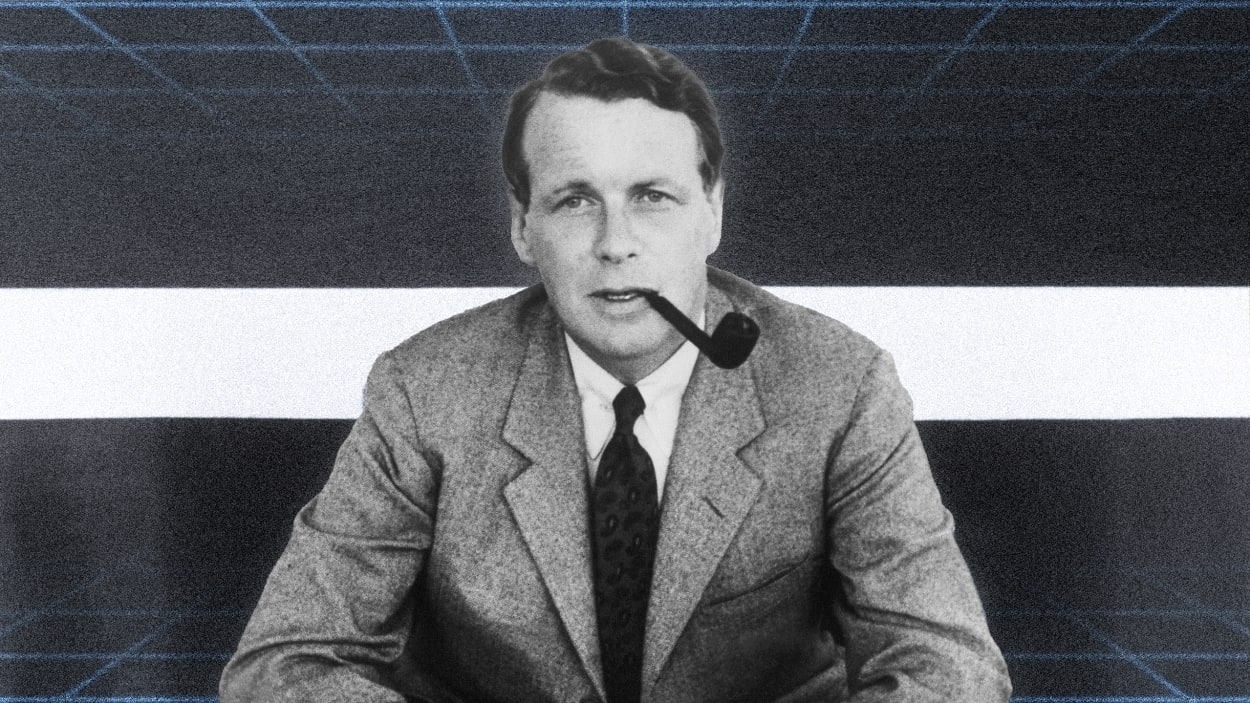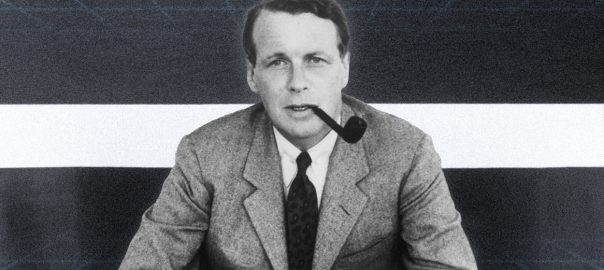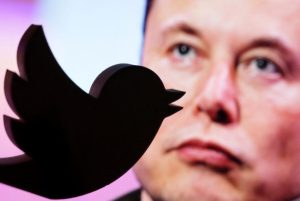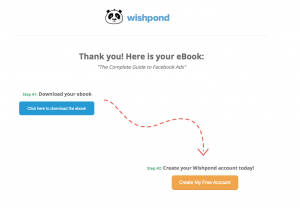
Strolling around the south of France a few weeks ago—populated with execs from the best, brightest, and richest brands, ad agencies, media companies, and social and tech platforms gathered here for the Cannes Lions Festival of Creativity—you could almost hear the constant chant of “AI, AI, AI, AI . . . .” It was the backbeat to the song of the summer being blasted by everyone up and down the Croissette.
Advertising has long been known for its susceptibility to obsessing over the hot new thing. QR codes! NFTs! Celebrity creative directors! User-generated content! And now: artificial intelligence! If there is a craze in culture and communication, you can bet that a brand and its ad agency are exploring a way to exploit it.
Forty years ago, when legendary ad man David Ogilvy published his seminal book Ogilvy on Advertising, none of those (mostly fleeting) trends existed. Actually, an overwhelming percentage of today’s industry was barely out of kindergarten in 1983. According to a recent survey by Marketing Week, about three quarters of ad people today are under the age of 45. Ogilvy is one of the founders of modern advertising, building his agency Ogilvy & Mather into a global behemoth over the late 20th century. But now, like so much of the industry, it’s been swallowed up by a holding company and exists as a nameplate sub-brand within a somewhat undifferentiated sea of them.
Ogilvy on Advertising wasn’t Ogilvy’s first attempt at trying to lay down the precepts by which he believed his industry should operate. In 1963, at perhaps the height of his powers, Ogilvy published Confessions of An Advertising Man, which was part memoir, part advertising instruction. To some, Ogilvy on Advertising was a titan seeking to reassert his foundational values amid changing times. The Agency Review wrote in 2012 that, “By 1983, the creative revolution had steamrolled across America, making celebrities of George Lois, Mary Wells, Bill Bernbach, and dozens of others. Ogilvy’s long-form copy, iconic imagery, and reasoned presentations were, in many ways, relics of another age. Ogilvy on Advertising was, then, the master’s attempt to reposition his agency in this brave new world.”
Now, in 2023, the advertising industry itself is the one constantly forced to navigate an ever-evolving set of communication tools and how people use them. It is nearing the end of its second decade seeking to reposition the entire $73 billion business in this brave new world where on a good day an AI-centric tech giant can see its market cap rise by at least the value of the entire ad world. Adland is not what it was in 1983, and certainly not 1963, shunted out of the center of the universe by the tech companies which thoroughly disrupted them. In the 1980s, there were a myriad of movies and TV shows featuring larger-than-life ad creatives. It’s a segment of pop culture that has not been resuscitated by nostalgia.
Looking at the annual juxtaposition of the past year’s best work with the current obsession, though, I can’t help but see glimmers of how some of Ogilvy’s core principles remain in play. These ideas can still serve as guideposts for how to best utilize any given trend or new technology.
These bits of wisdom cannot and should not be forgotten. So I’ve picked out four of my favorite Ogilvy-isms from Ogilvy on Advertising, and found some of the best work from the past year that embodies them. It’s far from a comprehensive list, but together they illustrate that even an industry relentlessly pursuing a path to relevance in an uncertain future can find valuable lessons in the past.
“If you’re trying to persuade people to do something, or buy something, it seems to me you should use their language, the language they use every day, the language in which they think. We try to write in the vernacular.”
When we talk about language, we can also be talking about cultural language. Sure, another one of Ogilvy’s famous lines says that the customer is not a moron, she is your wife. That still holds true. But as media has become more fragmented, brands’ ability to tap into the cultural language of their audience is tougher than ever.
This is why I’ve always been a fan of when brands are able to put a smile on your face in unexpected ways, through an expected behavior. It’s Geico’s unskippable pre-roll ad in 2015, and Tubi’s Super Bowl interruption this year.
It’s also this Cannes-winning work from Argentina’s most popular food delivery app Pedidos. Created by agency Gut Buenos Aires, it sent unexpected delivery notifications to six million initially-confused customers. Until they found out it wasn’t a mistake, but the brand sending them a live tracker of the World Cup trophy coming home. It spoke the cultural language of a significant moment, using the product itself.
“When people read your copy, they are alone. Pretend you are writing each of them a letter on behalf of your client. One human being to another, second person singular.”
This one made me think of Dove’s 2022 short film Toxic Influence, an extension of its long-running Campaign for Real Beauty. Last year, the brand focused on the shared humanity between moms and daughters, crafting a story told through real individuals. Created by, yes, Ogilvy’s namesake agency, the film deepfakes each mom, offering up just awful health and beauty advice that their daughters would find from beauty influencers. The real moms were understandably freaked out, and it tapped directly into some of the deepest concerns many parents have around the potential hazardous effects of social media on their children.
Earlier his year, the brand continued pulling that thread with a Cannes Lions-winning piece of work called #TurnYourBack, aimed at TikTok’s “Bold Glamour” filter and the unrealistic beauty standards it encourages. Dove continues its work here of adding its brand voice to back up the concerns of parents and social platform users on these issues.
“Make the product the hero. There are no dull products, only dull writers.”
One of the best examples of this from the past year was the surprise Super Bowl winner from The Farmer’s Dog. (Full disclosure: One of the ad’s creators, Teressa Iezzi, is a former Fast Company editor and colleague.)
The healthy dog food brand wanted to get across the idea that better food could mean a longer life for your furry best friend. This could obviously be done in any number of straight-forward, unexciting ways, but instead the brand told the life story of a dog from both the owner and pup’s perspective in a way that had people weeping into their Super Bowl party nachos.
“Advertising people who ignore research are as dangerous as generals who ignore decodes of enemy signals . . . . Big ideas come from the unconscious. This is true in art, in science, and in advertising. But your unconscious has to be well informed, or your idea will be irrelevant. Stuff your conscious mind with information, then unhook your rational thought process.”
Okay, this is clearly a combination of two different quotes, but they tie together in that creative work for creative’s sake is rarely, if ever, going to work as advertising. Whereas a creative idea rooted in a researched insight can be where the magic happens.
Case in point, McDonald’s Cactus Plant Flea Market happy meal for adults that launched last fall. Tariq Hassan, the brand’s chief marketing and customer experience officer, told me that entire project, created with Wieden+Kennedy, came from a customer tweet about how you never know when it’s your—or your child’s—last Happy Meal. That led to more research into how its customers and fans felt about nostalgia, and where the brand fits into their lives.
Armed with lessons from its already massively popular Famous Orders work, with celebrities like Travis Scott and BTS, McDonald’s had seen the power of using its place in culture to sell core menu items. The collaboration with Cactus Plant Flea Market was a blockbuster success, with 50% of the fast-food chain’s supply of collectable toys sold in just four days. CEO Chris Kempczinski said in an October 2022 earnings call that it drove increased sales across the company’s U.S. locations.
That partnership also elevated McDonald’s to the top trending hashtag on TikTok and, more important, led to a weekly record for the chain’s U.S. digital transactions. In addition, it helped McDonald’s continue its momentum, helping the chain achieve nine straight quarters of same-store sales growth, with U.S. comparable sales growing more than 10% for all of 2022.
Mr. Ogilvy would no doubt approve.
(2)







